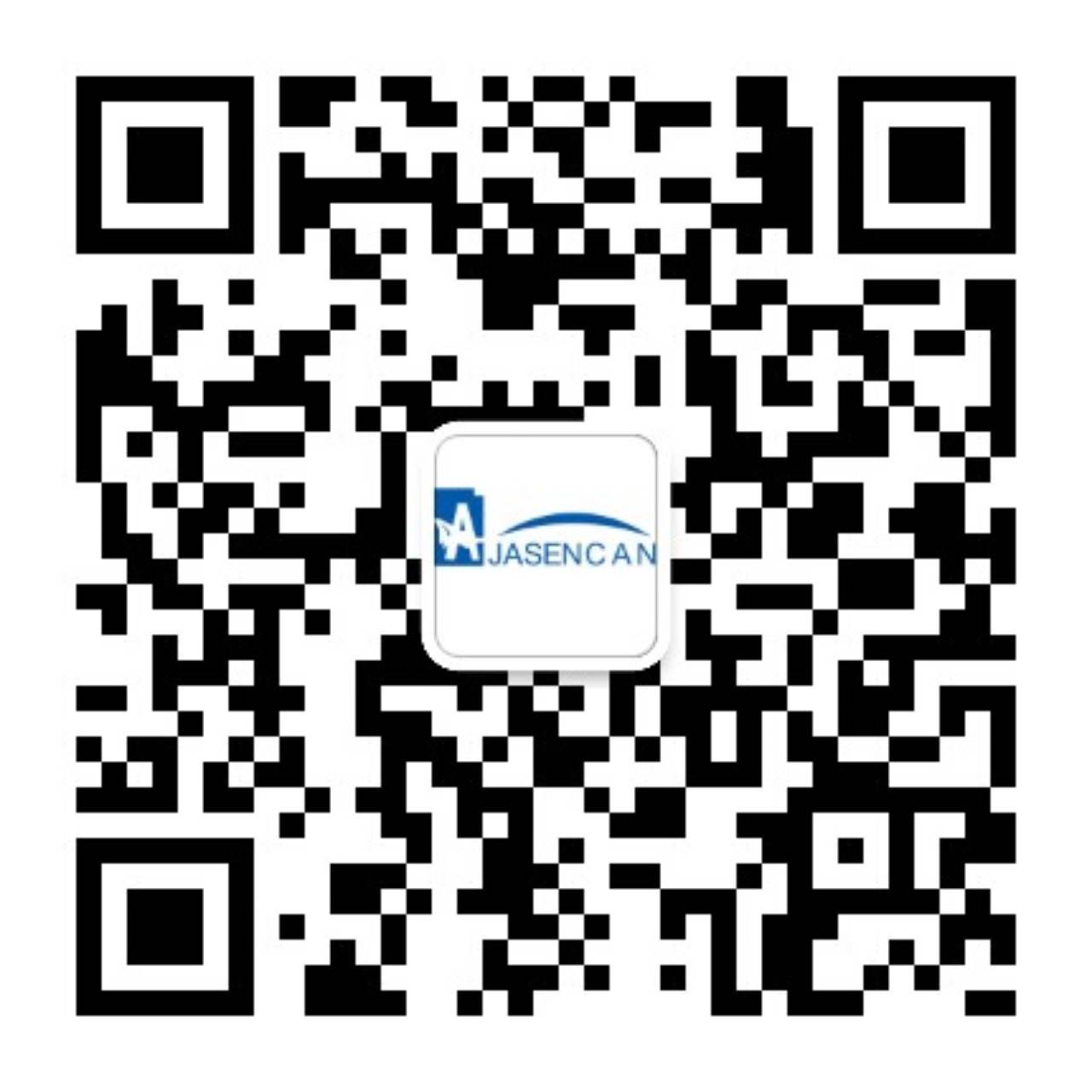What is the difference between transistors and MOS transistors when used as switches in circuit design?
Time:2020.09.27
View:

What is the difference between a triode and a MOS tube when used as switches in circuit design.
Nature of the work:
1. The transistor is controlled by current, and the MOS tube is voltage controlled.
2. Cost issue: Triode is cheap, while MOS is expensive.
3. Power consumption problem: the transistor loss is large.
4. Drive capability: MOS tubes are often used for power switches and high-current local switching circuits.
In fact, the triode is relatively cheap and convenient to use. It is often used in digital circuit switch control.
MOS transistors are used in high-frequency and high-speed circuits, high-current situations, and places that are sensitive to base or drain control current.
Generally speaking, low-cost applications, first consider using triode for common applications, if not, consider MOS transistor

Figure 1: MOSFET
In fact, it is wrong to say that current control is slow and voltage control is fast. It is necessary to truly understand how bipolar transistors and MOS transistors work. The triode works by the movement of the carriers. Take the emitter follower of the npn tube as an example. When the base is applied with no voltage, the pn junction composed of the base and the emitter prevents multiple electrons (the base is a hole , The emission area is the diffusion movement of electrons), where the pn junction will induce an electrostatic field from the emission area to the base area (that is, the built-in electric field). When the base is applied with a positive voltage, the base area points to the emission area. When the electric field generated by the voltage applied to the base is greater than the built-in electric field, the carriers (electrons) in the base region may flow from the base region to the emitter region. The minimum value of this voltage is the forward conduction voltage of the pn junction (generally considered in engineering 0.7v). But at this time, there will be charges on both sides of each pn junction. At this time, if a positive voltage is applied to the collector-emitter, under the action of the electric field, the electrons in the emitter region move to the base region (actually, the electrons move in the opposite direction. ), due to the small width of the base region, electrons can easily cross the base region to reach the collector region, and recombine with the PN holes here (close to the collector). In order to maintain balance, under the action of a positive electric field, the The electrons accelerate the movement of the outer collector, while the holes move at the pn junction. This process is similar to an avalanche process. The electrons in the collector return to the emitter through the power supply, which is how the transistor works. When the triode is working, both pn junctions will induce charges. When the switch is in the on state, the triode is in a saturated state. If the triode is cut off at this time, the charge induced by the pn junction must return to a balanced state. This process takes time. The MOS transistor has a different working mode and does not have this recovery time, so it can be used as a high-speed switch.

Figure 2: Triode
(1) The field effect tube is a voltage control element, and the transistor is a current control element. When only allowing less current to be drawn from the signal source, a FET should be used; and when the signal voltage is low and allowing more current to be drawn from the signal source, a transistor should be used.
(2) The field effect transistor uses majority carriers to conduct electricity, so it is called a unipolar device, and the transistor has majority carriers and also uses minority carriers to conduct electricity. It is called a bipolar device.
(3) The source and drain of some field effect transistors can be used interchangeably, and the gate voltage can also be positive or negative, which is more flexible than transistors.
(4) Field effect transistors can work under very low current and low voltage conditions, and its manufacturing process can easily integrate many field effect transistors on a silicon chip, so field effect transistors are used in large-scale integrated circuits. Has been widely used.
(5) Field-effect transistors have the advantages of higher input impedance and low noise, so they are also widely used in various electronic devices. In particular, the use of field effect tubes as the input stage of the entire electronic device can obtain performance that is difficult for ordinary transistors to achieve.
(6) Field effect transistors are divided into junction type and insulated gate type, and their control principles are the same.





